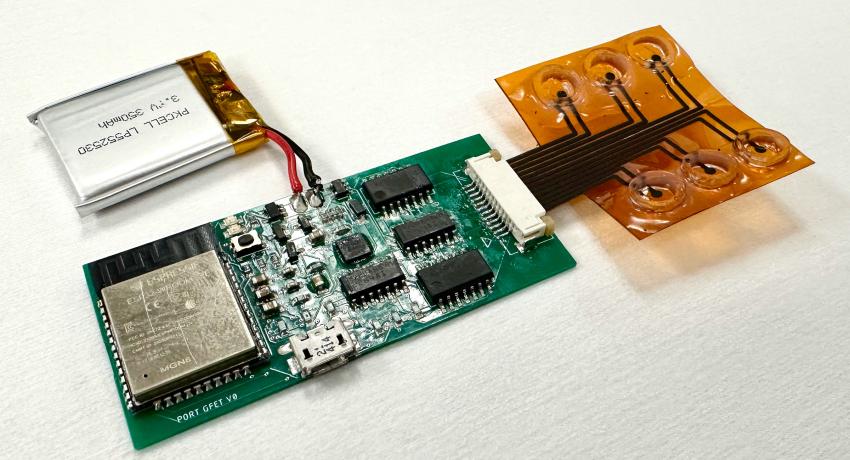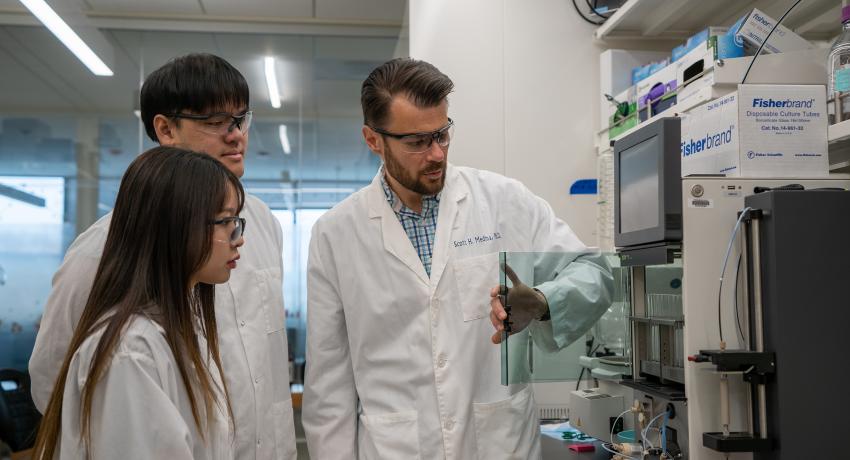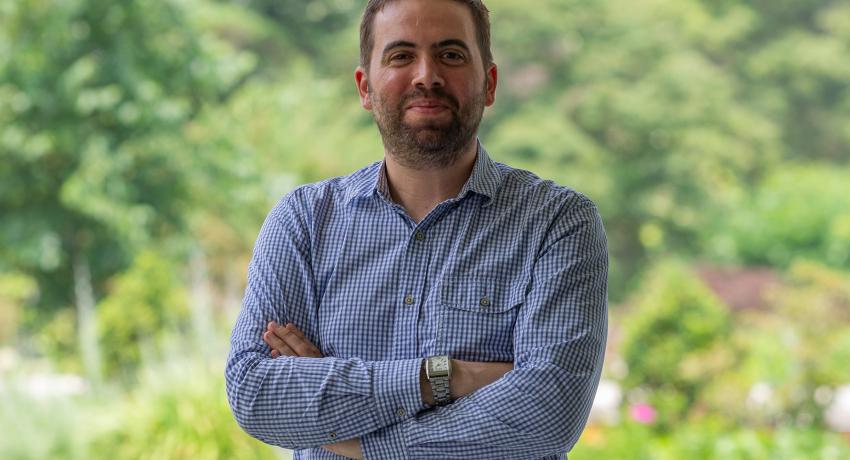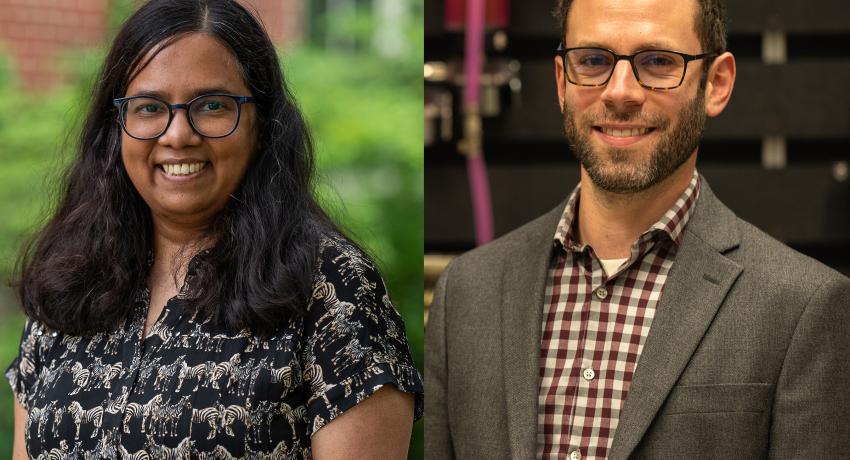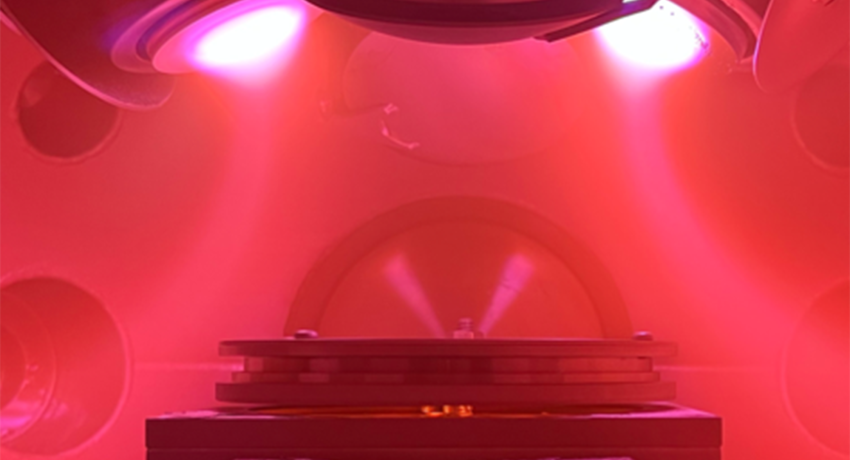Biosensing platform simultaneously detects vitamin C and SARS-CoV-2
By Mariah Lucas
UNIVERSITY PARK, Pa. — In the COVID-19 pandemic era, at-home, portable tests were crucial for knowing when to wear a mask or isolate at home. Now, Penn State engineering researchers have developed a portable and wireless device to simultaneously detect SARS-CoV-2, the virus that causes COVID-19, and vitamin C, a critical nutrient that helps bolster infection resistance, by integrating commercial transistors with printed laser-induced graphene.

